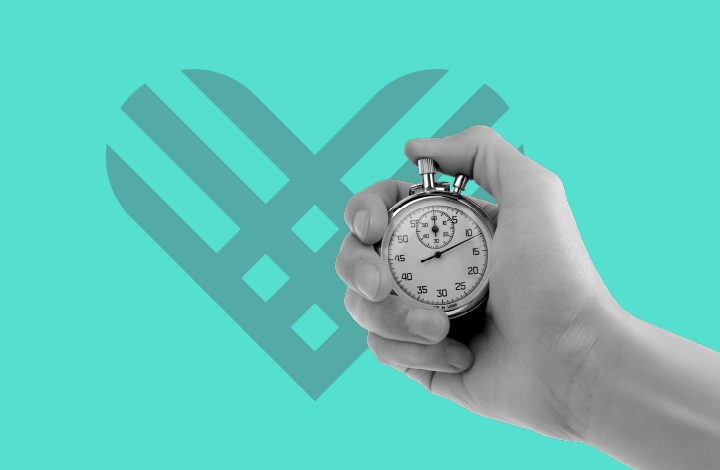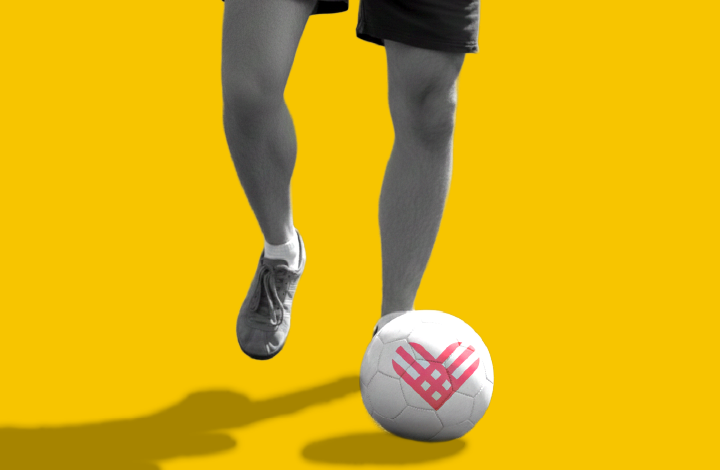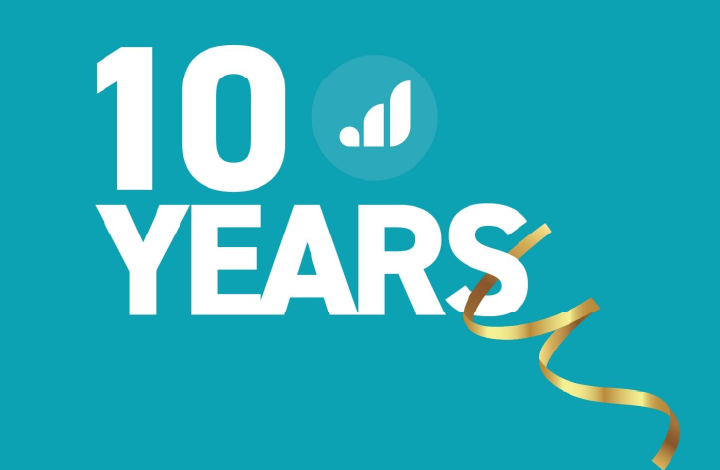We mourn the deeply misguided destruction of USAID

On Tuesday of this week (July 1, 2025), the United States Agency for International Development (USAID) ceased to exist, dismantled by the current U.S. administration under the misleading banner of “accountability, strategy and efficiency” and for supposedly failing to advance American interests.
Give Lively is appalled at this short-sighted, guileful and self-destructive decision. Some USAID programs may (hopefully!) survive in the State Department, which will now administer foreign assistance programs, but the age of unpoliticized and responsible American magnanimity appears to have ended, at least for now.
On this 4th of July, in commemoration of USAID’s history of global engagement, Give Lively recognizes what USAID accomplished in the past and voices its hope for more generous U.S.-led reengagement in the future. We will revisit this topic over the next several months by looking at the goals of USAID programs and celebrating Give Lively member nonprofits devoted to similar efforts.
What was USAID?
Established in 1961 as the U.S. government’s main overseas aid agency, USAID was responsible for administering foreign aid and development assistance through programs that focused on issues like global health, disaster relief, wartime assistance, education, economic development, environmental protection and democratic governance.
In many ways, USAID was the ne plus ultra of nonprofit organizations. Between 2001 and 2024 its average annual disbursement was approximately $23 billion to programs in over 100 countries. It was the world’s greatest source of support for international development in absolute dollar terms.
This made sense. According to the United Nations, the United States is the globe's third most populated country and fourth-largest by area, but also its largest economy, largest exporter of weapons, second-largest polluter and producer of plastic, and second-largest exporter of cultural goods.
It was only fitting that, with this level of influence – both helpful and harmful – the United States should be the largest foreign aid contributor. Until 2025.
What will the likely impact be?
Now, more than 10,000 people are out of work, two-thirds of them working overseas. Worse, the profoundly disastrous impact of gutted food-security, famine-detection and vaccination programs, to name just a few, is yet to be known.
This week, The Lancet, a globally recognized medical journal, published a study estimating that USAID funding cuts could result in more than 14 million additional deaths by 2030, nearly a third of them among children younger than 5. According to the study’s authors, the effects “would be similar in scale to a global pandemic or a major armed conflict.”
“If this isn’t murder, I don’t know what is,” said rockstar Bono in a laudatory video sent to USAID employees, complementing others sent by former presidents George W. Bush, who recognized the Emergency Plan for AIDS Relief, which has thus far saved an estimated 25 million lives, and Barack Obama, who said the decision to dismantle USAID would “go down as a colossal mistake.”
What Give Lively is doing
Look to the months ahead for a series of focused Updates articles that spotlight Give Lively member nonprofits supporting their communities in fields once part of the USAID portfolio: global health, family planning, food security, disaster relief, wartime assistance, economic development, education, environmental protection, democracy, human rights and more.
This continues in the spirit of our 17-part series highlighting nonprofit members that support initiatives in line with each of the United Nations’ 17 Sustainable Development Goals. We launched the series in January 2024 with a look at nonprofits working to alleviate global poverty and it is due to culminate this month.








.svg)
.svg)
.svg)
.svg)














